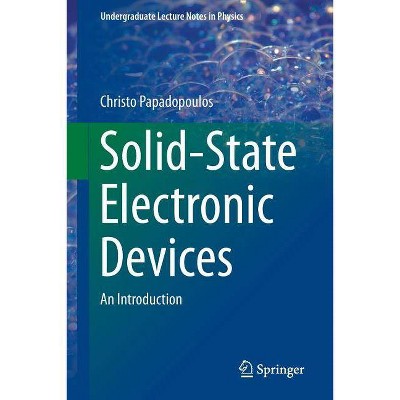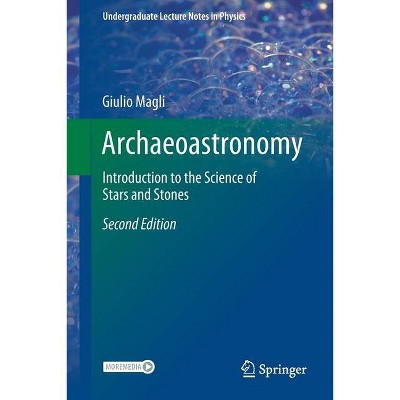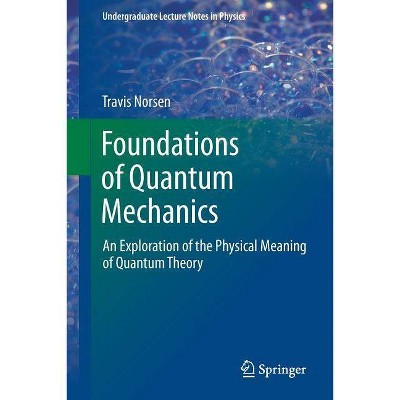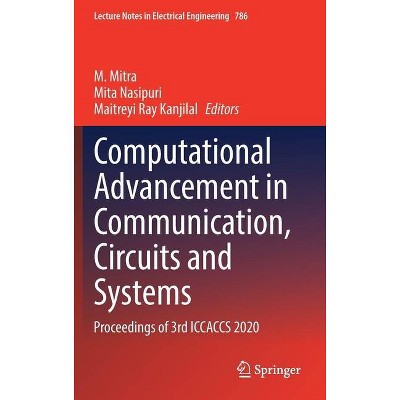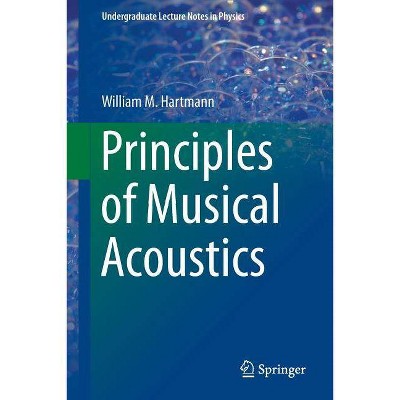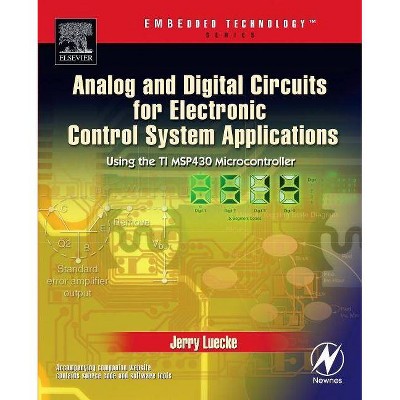Analog and Digital Electronic Circuits - (Undergraduate Lecture Notes in Physics) by R Prasad (Hardcover)
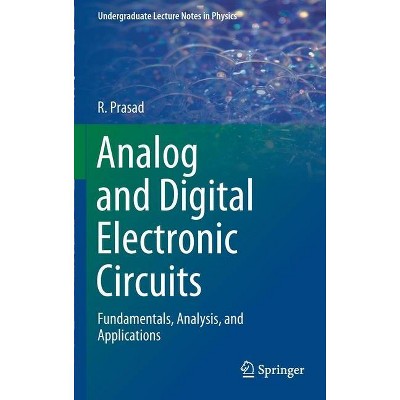
Similar Products
Products of same category from the store
AllProduct info
<p/><br></br><p><b> Book Synopsis </b></p></br></br><p>This book introduces the foundations and fundamentals of electronic circuits. It broadly covers the subjects of circuit analysis, as well as analog and digital electronics. It features discussion of essential theorems required for simplifying complex circuits and illustrates their applications under different conditions. Also, in view of the emerging potential of Laplace transform method for solving electrical networks, a full chapter is devoted to the topic in the book. In addition, it covers the physics and technical aspects of semiconductor diodes and transistors, as well as discrete-time digital signals, logic gates, and combinational logic circuits. Each chapter is presented as complete as possible, without the reader having to refer to any other book or supplementary material.</p> Featuring short self-assessment questions distributed throughout, along with a large number of solved examples, supporting illustrations, and chapter-end problems and solutions, this book is ideal for any physics undergraduate lecture course on electronic circuits. Its use of clear language and many real-world examples make it an especially accessible book for students unfamiliar or unsure about the subject matter.<p></p><br><p></p><p/><br></br><p><b> From the Back Cover </b></p></br></br><p>This book introduces the foundations and fundamentals of electronic circuits. It broadly covers the subjects of circuit analysis, as well as analog and digital electronics. It features discussion of essential theorems required for simplifying complex circuits and illustrates their applications under different conditions. Also, in view of the emerging potential of Laplace transform method for solving electrical networks, a full chapter is devoted to the topic in the book. In addition, it covers the physics and technical aspects of semiconductor diodes and transistors, as well as discrete-time digital signals, logic gates, and combinational logic circuits. Each chapter is presented as complete as possible, without the reader having to refer to any other book or supplementary material.</p> Featuring short self-assessment questions distributed throughout, along with a large number of solved examples, supporting illustrations, and chapter-end problems and solutions, this book is ideal for any physics undergraduate lecture course on electronic circuits. Its use of clear language and many real-world examples make it an especially accessible book for students unfamiliar or unsure about the subject matter.<p></p><br><p/><br></br><p><b> About the Author </b></p></br></br><p>R. Prasad is an emeritus professor of physics, formerly Dean of the Faculty of Science and Chairman of the Department of Physics, Aligarh Muslim University (AMU), India. He has more than 40 years of experience teaching nuclear physics, thermal physics, and electronics to upper-level university students. He has published more than 100 peer-reviewed research papers in renowned international journals and is author of several books spanning the disciplines of classical, quantum, thermal and nuclear physics.<br></p>
Price History
Price Archive shows prices from various stores, lets you see history and find the cheapest. There is no actual sale on the website. For all support, inquiry and suggestion messages communication@pricearchive.us

